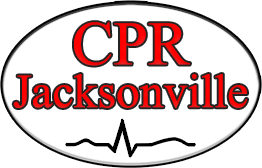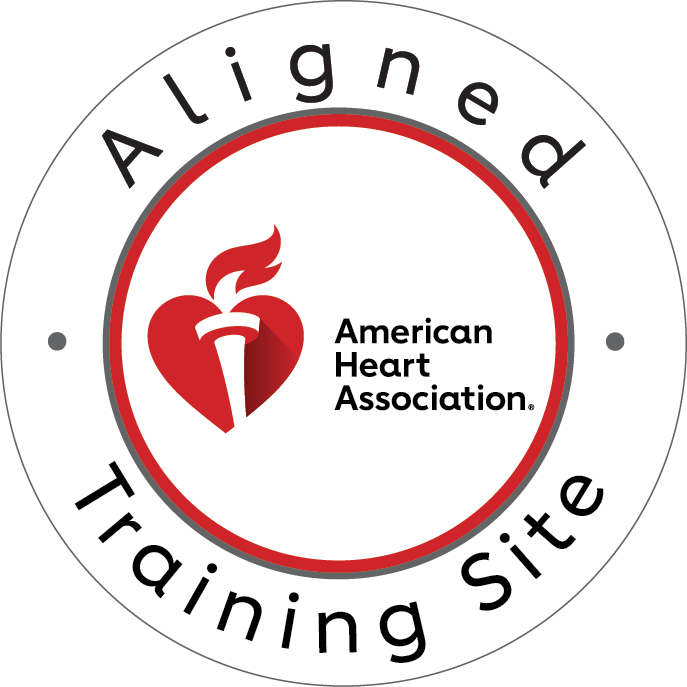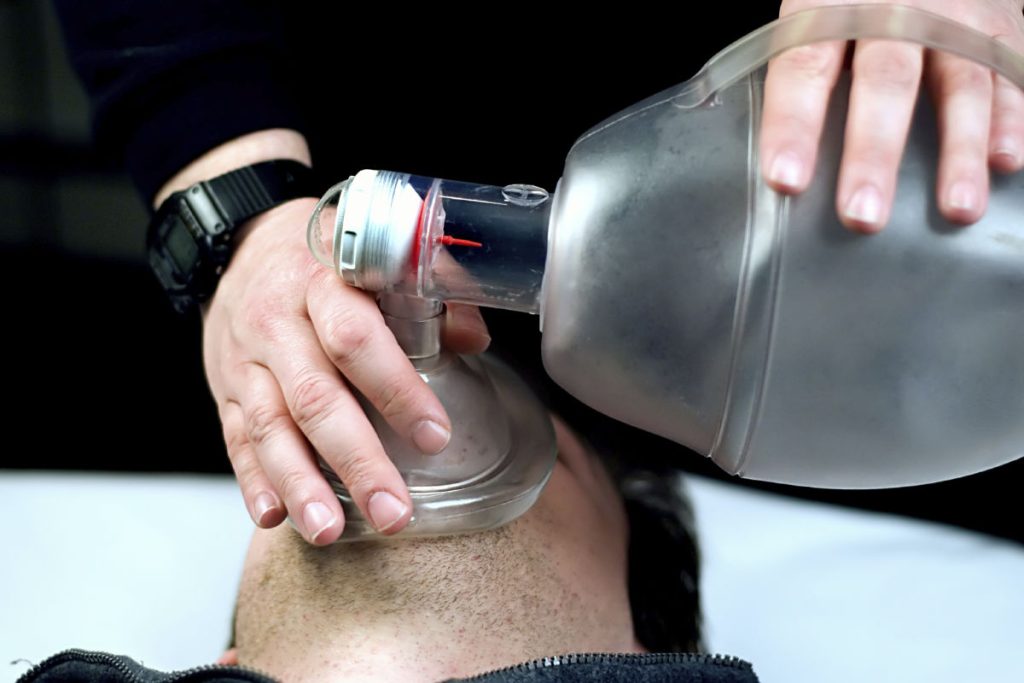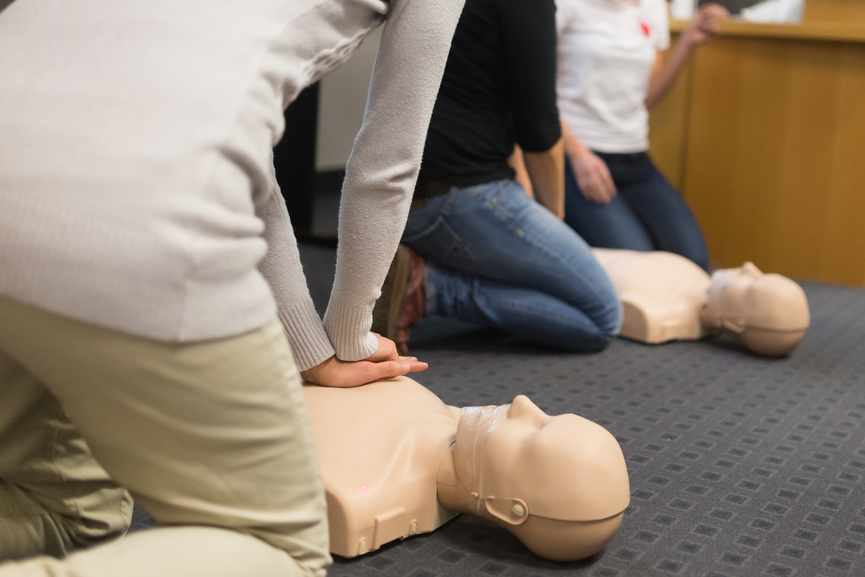In emergency medical care, effective ventilation is often the difference between life and death. The bag-valve-mask (BVM) device plays a crucial role in providing artificial ventilation when a patient cannot breathe adequately on their own. Commonly used by paramedics, nurses, respiratory therapists, and other healthcare providers, the BVM is a cornerstone of resuscitation efforts. However, delivering the correct volume of air during BVM ventilations is essential to maximize oxygenation without causing harm. This article explores the recommended volumes, the science behind them, and practical tips to ensure optimal ventilation in a variety of clinical situations.
Understanding BVM Ventilation Fundamentals
To begin, understanding the mechanics of BVM ventilation is key. A standard bag-valve-mask device consists of three components: the self-inflating bag, a one-way valve, and a face mask that fits over the patient’s nose and mouth. Some systems also include oxygen reservoirs and PEEP valves for enhanced oxygen delivery. The primary purpose of BVM ventilation is to manually deliver breaths to a patient who is either apneic or experiencing inadequate respiratory effort. By squeezing the bag, the rescuer forces air into the patient’s lungs, effectively simulating normal breathing. This technique temporarily supports gas exchange until the underlying issue is resolved or advanced airway management is initiated.
Recommended Tidal Volumes for Adults
When providing BVM ventilations to adult patients, current guidelines from the American Heart Association recommend delivering a tidal volume of approximately 6 to 7 milliliters per kilogram of ideal body weight. For an average adult, this typically translates to about 500 to 600 milliliters of air per breath. It’s important to note that this measurement is based on *ideal* body weight, not actual weight, to reduce the risk of overinflation and barotrauma. Studies have shown that ventilating with volumes greater than necessary can lead to increased intrathoracic pressure, decreased venous return to the heart, and impaired cardiac output—all of which can be detrimental in critical care settings.
Special Considerations for Pediatric Patients
Pediatric patients require special consideration due to their smaller lung volumes and more delicate anatomy. Tidal volumes for children should generally fall within 4 to 6 milliliters per kilogram of body weight. For infants, even smaller volumes are appropriate, often delivered using infant-sized BVMs designed for their specific needs. The most reliable indicator of proper ventilation in pediatric patients is visible chest rise. In both infants and older children, overventilation is a serious concern, as their smaller lungs are more susceptible to damage. Healthcare providers should always monitor for signs of effective ventilation, such as chest movement, color improvement, and adequate oxygen saturation levels when available.
Clinical Indicators of Adequate Ventilation
One of the best ways to confirm that you’re delivering the right amount of air during BVM ventilation is to observe for visible chest rise. This simple yet reliable indicator suggests that the lungs are being adequately inflated without excessive pressure. Other clinical signs of proper ventilation include auscultation of breath sounds, normalizing heart rate, and improving skin color. Providers should avoid delivering volumes that result in exaggerated chest expansion, as this may indicate overventilation, which increases the risk of gastric insufflation, aspiration, and decreased cardiac output.
Common Errors in BVM Ventilation Volume
Common errors in BVM ventilation are surprisingly frequent, especially in high-stress scenarios. One of the most pervasive mistakes is delivering excessive volume. This often occurs when the bag is fully compressed, which can push more than 1,000 milliliters of air into the lungs, far more than the recommended 500–600 milliliters. Overventilation not only increases the risk of lung injury but also impairs effective blood circulation during CPR. On the other hand, inadequate volume delivery can result in hypoventilation, leading to poor oxygenation and worsening patient outcomes. Recognizing these extremes and correcting them through visual and tactile feedback is essential for effective patient care.
Technique Optimization for Proper Volume Delivery
Perfecting the BVM technique takes time and practice. To deliver the correct volume, providers should focus on using a gentle, controlled squeeze of the bag over about one second, just enough to achieve chest rise. The one-hand or two-hand mask seal technique should be selected based on the provider’s experience and patient anatomy to ensure no air leaks. The rate of ventilation also affects volume delivery. For patients without an advanced airway, the recommended rate is 1 breath every 5 to 6 seconds for adults, or about 10 to 12 breaths per minute. Proper timing and volume must work together to avoid complications and ensure oxygenation.
Special Clinical Scenarios Affecting Volume Requirements
Certain clinical scenarios may call for adjustments to the standard approach. For example, patients with chronic respiratory diseases such as COPD may have air-trapping tendencies that require more cautious volume delivery to prevent worsening hyperinflation. During cardiac arrest, minimizing interruptions to compressions is a top priority, so breath delivery must be fast, efficient, and not excessive in volume. Trauma patients, especially those with chest injuries or suspected pneumothorax, also require careful volume control to avoid exacerbating existing damage. In all cases, maintaining a balance between effective ventilation and minimizing harm is the overarching goal.
Training Recommendations for Healthcare Providers
To ensure proficiency in BVM ventilation, healthcare providers must regularly engage in skills training. Simulation-based practice has become the gold standard, offering realistic scenarios that improve muscle memory and decision-making under pressure. Practicing with different sizes of BVMs, using feedback devices, and participating in team-based simulations enhances both individual and collaborative performance. Competency should be assessed routinely, with refresher courses offered at least every two years in alignment with BLS and ACLS certification renewal standards. Providers should seek training through accredited programs that emphasize hands-on practice and real-time feedback.
Conclusion
Understanding the proper volume of air for bag valve mask ventilations is critical for healthcare providers and rescuers. Delivering the appropriate volume—typically 500-600 mL for adults—ensures adequate oxygenation while preventing potential complications from overinflation. This knowledge represents a fundamental component of effective resuscitation techniques that can directly impact patient outcomes during emergencies.
Your Next Step: Professional CPR Certification
Proficiency in BVM ventilation techniques isn’t developed through reading alone—it requires proper hands-on training under qualified instructors. CPR Jacksonville FL provides the comprehensive, stress-free training environment you need to master these critical skills.
As an American Heart Association training site, CPR Jacksonville, FL, offers both initial certifications and renewals for healthcare professionals and concerned citizens alike. Our BLS certification Jacksonville FL programs ensure you’ll develop confidence in proper ventilation techniques alongside other essential life-saving skills.
Don’t leave your emergency response capabilities to chance. Enroll today in a CPR certification Jacksonville, FL course to gain the knowledge, skills, and confidence needed to respond effectively in critical situations. Your decision to become properly certified could make the difference between life and death for someone in your care.
Contact CPR Jacksonville FL today to register for the best CPR training in Jacksonville FL and take the crucial step toward becoming a more capable, confident healthcare provider or community rescuer.



